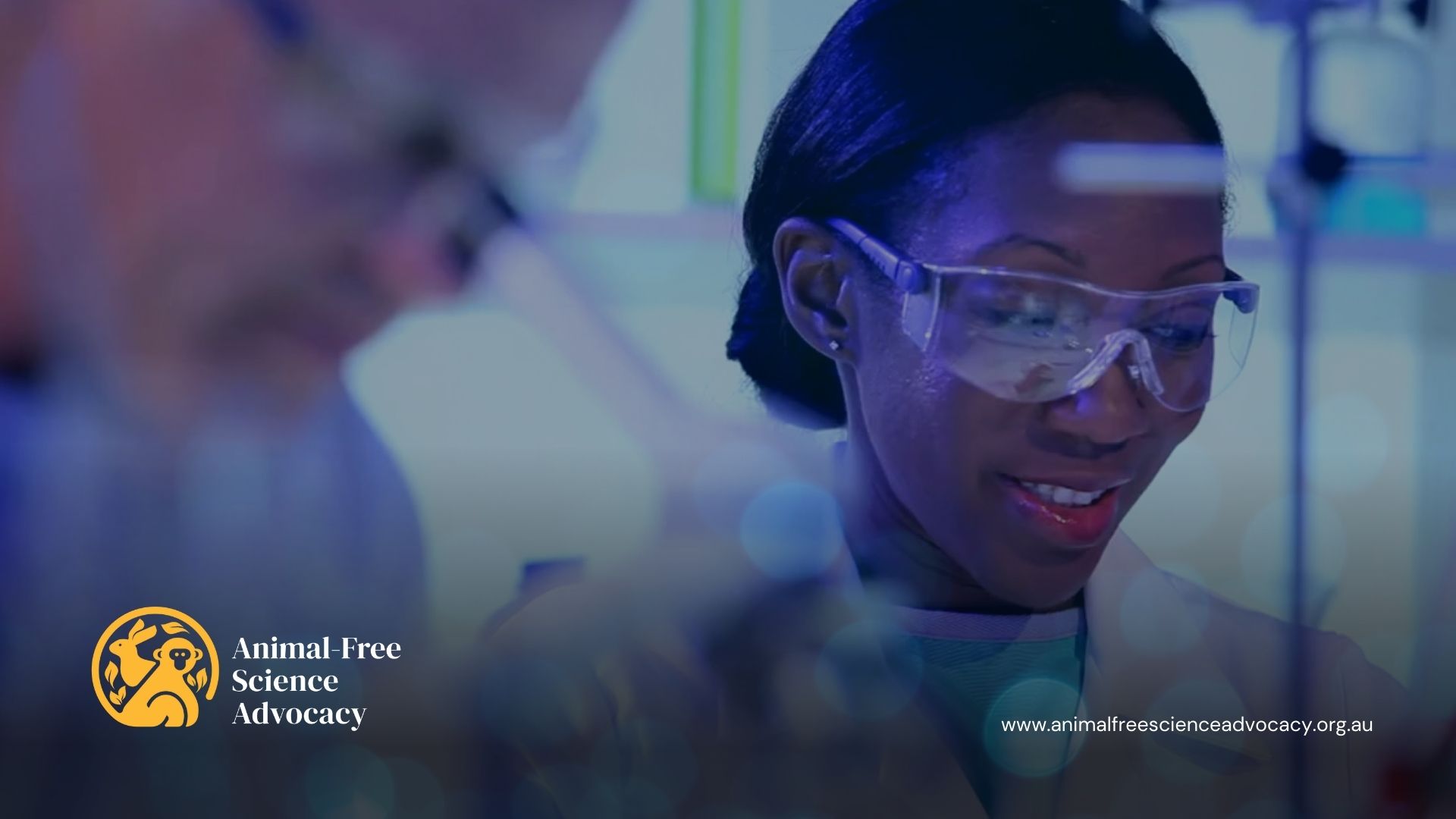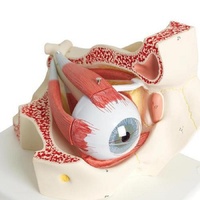
Discover innovative alternatives to animal dissections in teaching with Animal-Free Science Advocacy student and educator resources. Borrow from our limited range of resources or explore free and low-cost options like the Froguts app for virtual dissections. Contact us for more information.
Secondary School Education
Animal-Free Science Advocacy student and educator resources aim to provide educators and students with up to date alternatives to animal use in teaching. Please contact us if you would like to borrow any of the items listed.
We have a limited range of alternatives available on loan, but be aware that there are many great free and low-cost resources available for both whole body and single organ dissections. Have a look at the Froguts app, which allow users to virtually dissect a bullfrog, a cow eye, a starfish, a fetal pig, an owl pellet, all for free. Students have the opportunity to use digital dissection tools and a microscope, collect experimental data, and complete quizzes. The dissection modules are organised by body system, and each is thoroughly explained.

Please review the below websites to search for alternatives to harmful animal use in education. Note that Australian states and territory education departments also provide policies and guidance on animals in schools available online.
- https://www.peta.org/teachkind
- http://www.animalearn.org/
- http://thesciencebank.org/
- https://norecopa.no/alternatives/dissection-alternatives
- https://www.animalsinscience.org/what_we_do/programs/humanescienceeducation_schools/teacher-portal/aispis-non-animal-alternatives-database/
- https://www.navs.org/wp-content/uploads/2016/03/PDF_BioLEAP-Dissection-Library.pdf
- https://syndaver.com/
- https://www.humanesociety.org/sites/default/files/docs/dissection-alternatives-websites.pdf
- http://new.interniche.org/en/loansystem
- https://case.edu/holoanatomy
If you are interested in purchasing a paper 3D dissection model, you can claim a 10% discount on your first order.
Resources for Alternatives to Classroom Animal Dissection
SynFrog
With SynFrog™, there’s no longer any need to harm real frogs for the sake of enhancing the educational experience. In addition to eliminating the ethical concerns of sacrificing living animals to teach comparative anatomy, SynFrog is a better option for students because it does not expose them to hazardous chemicals, like formaldehyde and formalin.
Australian Supplier: Mentone Educational
Concise Dissection Charts
Images of dissection specimens. We have:
- 1 x fetal pig
- 1 x crayfish
- 1 x brain/heart
Australian Supplier: Southern Biological
Altay Male and Female Rat Model
Adult rat with interchangeable male and female reproductive systems is mounted in supine position; removable from base for examination. Organs are detachable in 4 pieces.
Australian Supplier: Southern Biological
Eye Model
Demonstrate the structure and function of the human eye with this 6-times enlarged model. Includes a transparent vitreous body and functional lens. Dissects into 5 parts.
Australian Supplier: Mentone Educational Modern Teaching Aids (MDA) also supplies a range of dissection models.
Students can conduct a virtual dissection with the Merge Cube.
View our Say No to Dissection campaign page
View a sample student choice policy for high school students.
View a Workshop Presentation on the ethics of animal dissection which we delivered at the Australian Science Teachers Association conference.
University Education and Professional Training
HumaneLearning.info provides resources to guide and assist students who wish to conscientiously object to harmful animal use.
Read more about harmful animal use in education here.
Watch a webinar recording on alternatives to animals in biology teaching and medical training.
Access 3Rs educational resources supported by the European Commission’s Joint Research Centre.
Read a guest blog on harmful animal use in teaching and conscientious objection.
Whilst Australian universities that use animals in teaching are required to have a conscientious objection policy according to the Code, these do vary in their scope. An example of a progressive conscientious objection policy is the Murdoch Uni policy.
Read about conscientious objection and veterinary studies here.
This third issue of ATLA’s 50th Anniversary volume features a collection of papers that focus on the topic of humane teaching approaches. These papers form online Virtual Special Collection on the topic that will also feature some relevant papers from the ATLA archive.
Learn more about 3D anatomy programs suitable for university students.
Learn more about the Anatomage Table, a technologically advanced 3D anatomy visualization and virtual dissection tool for anatomy and physiology education
Courses in Non-Animal technologies
Microphysiological Systems engineering
Teaching resources and professional development
If you are a science teacher interested in advancing your knowledge of the 3Rs and Animal Use in Science, why not take a free online course ran by the European Schoolnet Academy?
Learn about Frontiers for Young Minds program on introducing the 3Rs to young minds and read an article on organ-on-a-chip designed for young people.
Doctors Against Animal Experiments has an animated educational film on the failings of animal experimentation.
The Fund for the Replacement of Animals in Medical Experiments has put together a special activity aimed at 11-14-year-olds which encourages students to think about how scientific experts need to work together to develop technologies that can replace animal research with human-relevant science. See page 14 -15 of the British Science Week Secondary Activity Pack.
Phoenix Zones Initiative has a teaching guide for undergraduate and graduate students on transforming medical research.
See the European Commission publication Introducing the Three Rs into secondary schools, universities and continuing education programmes – Replacement, Reduction and Refinement of animal use in science.
Explore new ways of communicating about alternatives to animal testing via video games.
If you are interested in study in the field of humane education, please see the Institute for Humane Education.
Chicken Hatching Programs
For information on the animal welfare implications of chicken hatching programs, please see the RSPCA knowledgebase.
For alternative teaching resources without life chicks, please see here.